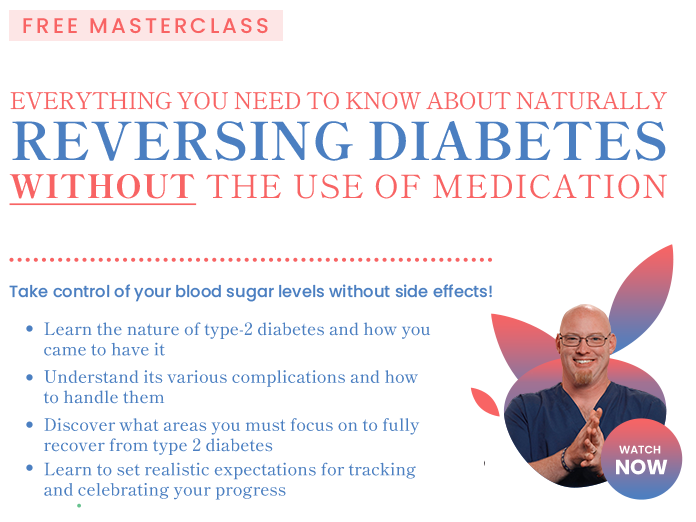
The World Health Organization released statistics showing that the number of people who have diabetes rose from 108 million in 1980 to 422 million in 2014. That's a rise from 4.7 percent in 1980 to 8.5 percent in 2014. The number is much higher now.
Every single year, millions of people around the world get diagnosed with diabetes. Most of these patients have Type 2 diabetes. There are three reasons why the diabetes statistics are soaring each year. First, we'll take a look at how poor food choices are playing a role in the rise of diabetes patients, and then, we'll look at sedentary lifestyles. Finally, we'll discuss portion sizes.

1
Poor Food Choices
This is the biggest culprit that raises your risk of getting diabetes. Our diets contain too many processed foods and refined carbohydrates. The high-fructose corn syrup (HFCS) that creeps into most processed foods is a form of sugar that leads to insulin insensitivity and has made obesity an epidemic.
It's common to see kids guzzling sodas that are chock-full of sugar. Donuts, ice cream, white bread, white rice, et cetera are all foods that spike our blood sugar levels. When your body constantly experiences blood sugar spikes, it releases more insulin than necessary because it has lost sensitivity. The excess insulin ends up being stored as fat, which results in diabetes over time.
The best way to prevent or reverse diabetes will be to clean up your diet. The first step will be to give up all sweetened beverages and stick to water. It's easy to overconsume calories and the accompanying sugar when you're drinking them. Next, you should stick to complex carbohydrates, such as whole-grain bread, peas, beans, and vegetables. Reduce or give up all processed foods. A famous fitness guru once said, "If man made it, don't eat it."

2
A Sedentary Lifestyle
This is another factor to be aware of. We spend most of our lives seated at work or at home. Human beings need to move. Our ancestors spent most of their time hunting, foraging for food, or doing other physical activities to provide for their daily needs. Nowadays, most things can be accomplished at the touch of a button.
Do you need to go up to your apartment? Take the elevator. Are you going to the mall? Get in the car. All these conveniences that have risen due to the advent of technology have taken away our need to move more.
Take the stairs, walk more, run whenever you can, lift weights, swim, climb, etc. All these movements and activities are what your body needs. You'll burn more calories, get fitter, have stronger muscles, and burn excess fat. This will help lower your risk of diabetes.

3
The Portion Sizes
Portion sizes are another silent culprit. Over the years, the portion sizes have only gotten bigger to cater to an increasingly voracious appetite. The fatter people get, the more they want to eat. Restaurants and fast food outlets do not mind giving larger portions if it increases their bottom line, while the people increase their cholesterol levels and get bigger bottoms.
One of the best ways to lose weight and reduce your risk of diabetes is to ask for smaller portions or just eat 50 percent of what's on your plate. If you're eating at home, you can use smaller plates to fool your mind into thinking that you're eating more. It actually works.

Ultimately, it all boils down to what you eat, how much you eat, and if you're getting enough activity. If you can get these three things right, you'll reduce your risk of diabetes immensely. If you already have it, this will help reverse it and bring it under control.
In this article, we looked at the three of the biggest reasons why diabetes is becoming more common. First, we looked at poor food choices. Then, we talked about sedentary lifestyles. And finally, we discussed portion sizes.
















